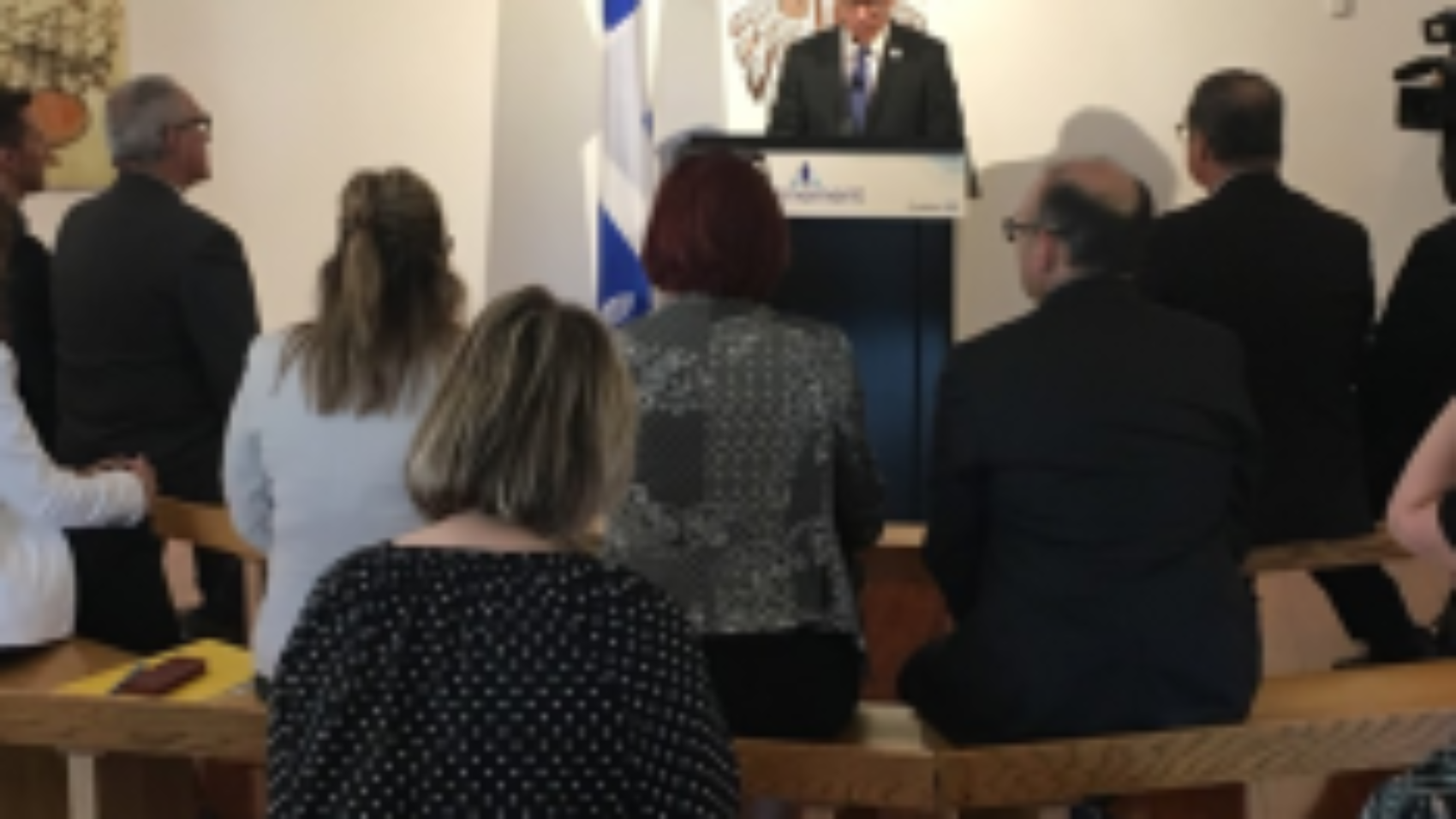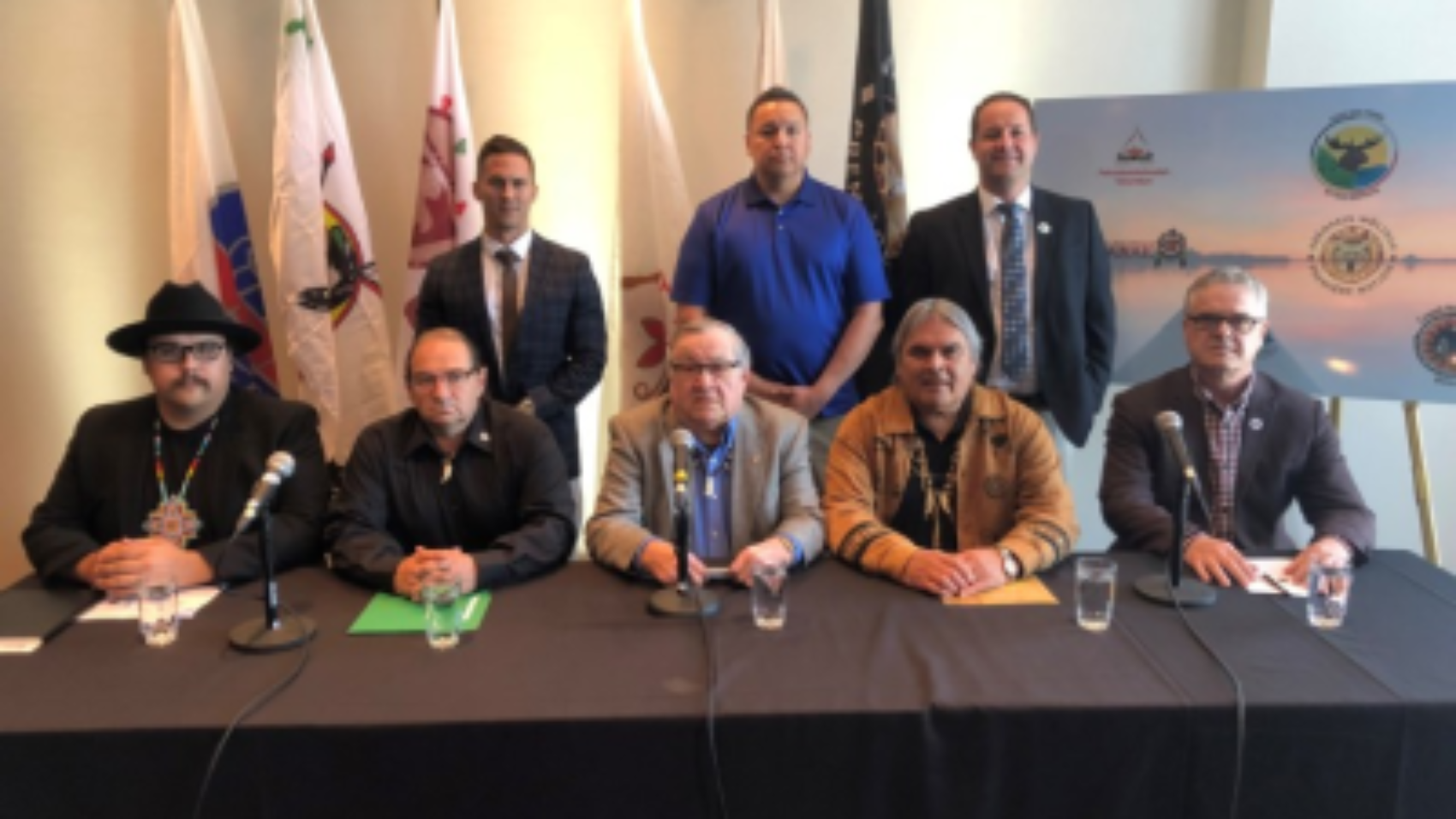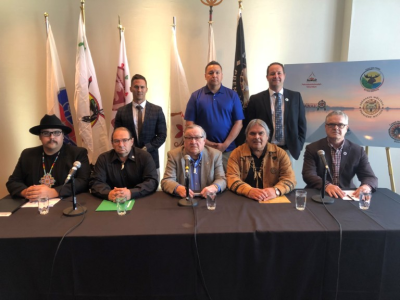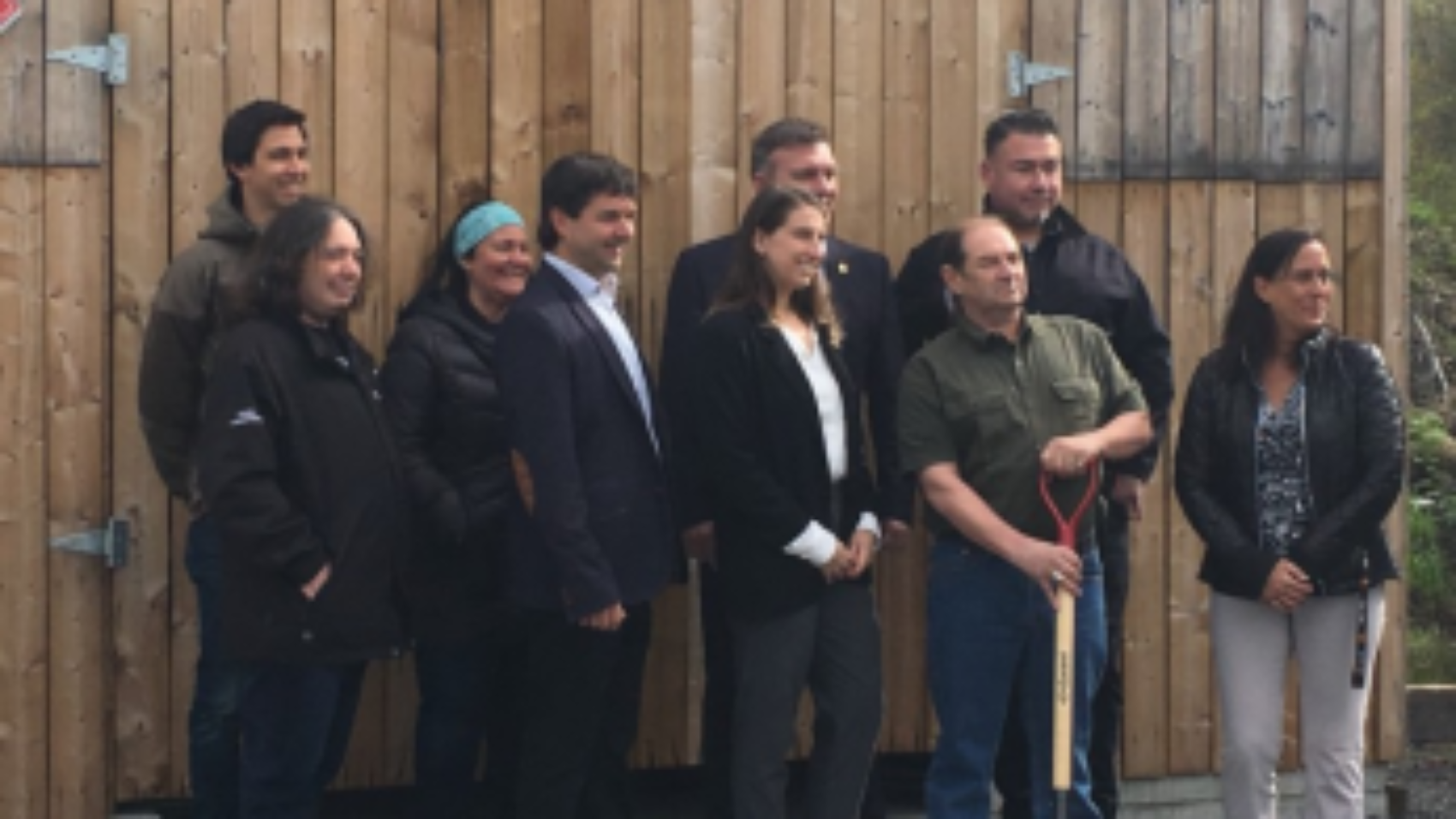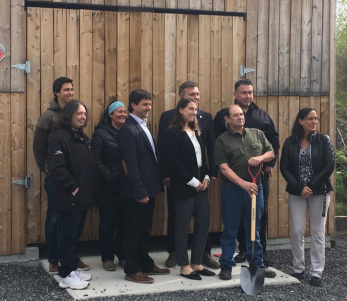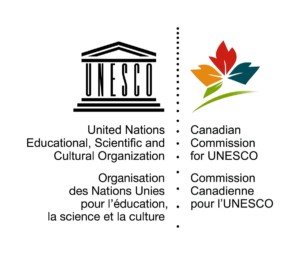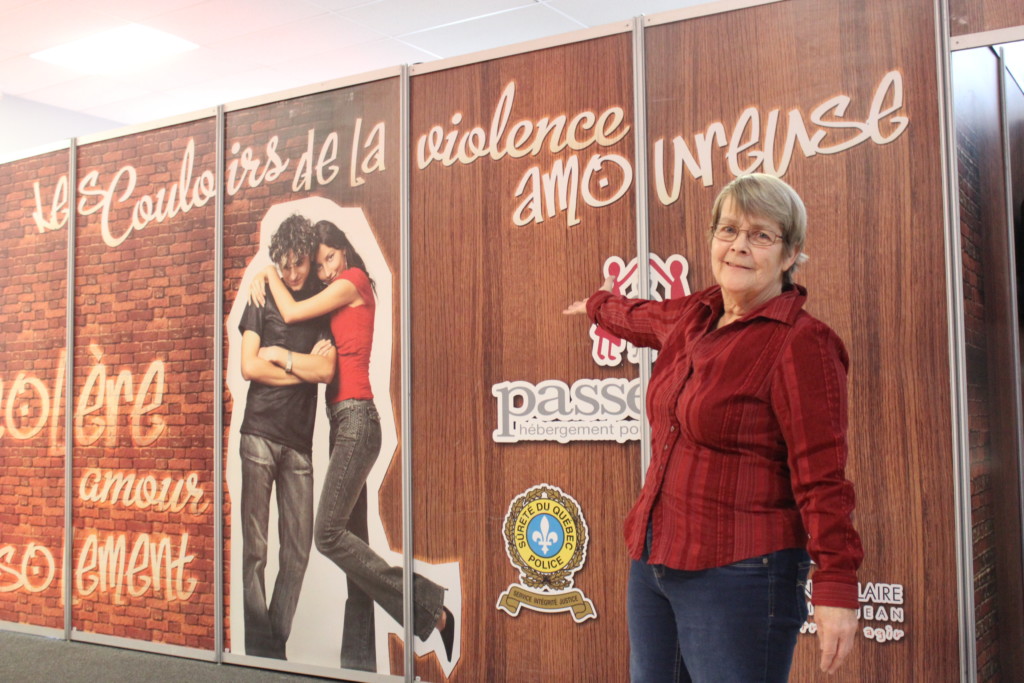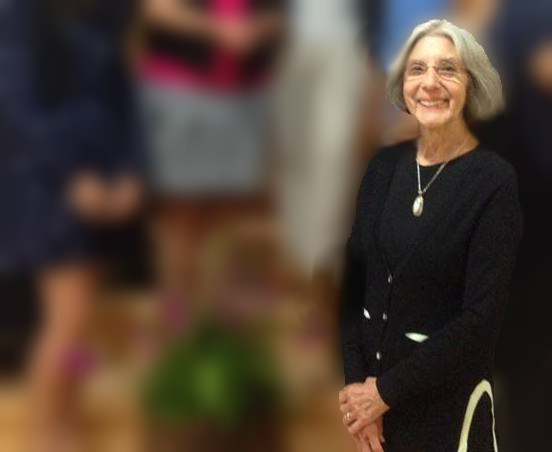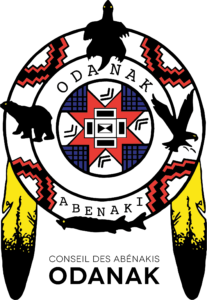Minister Jean Boulet confirms more than $13 million to support First Nations and Inuit in their efforts to find employment
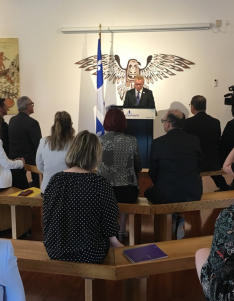
In order to enable First Nations and Inuit members to take their place in the labour market, the Minister of Labour, Employment and Social Solidarity and Minister responsible for the Mauricie region, Jean Boulet, has confirmed an investment of more than $13 million through the Alliances for Solidarity and the First Nations and Inuit Employment Integration Assistance Program (FNIHAP).
Funded with $4.8 million, FNIHAP aims to help 500 First Nations and Inuit people enter the labour market by 2023. Directly related to the Great Tasks 2.0, this program is designed to help First Nations and Inuit people gain meaningful first work experience and help them stay employed.
PAIPNI makes it possible to finance up to 80% of the gross salary of the person receiving it and to cover up to 100% of the direct costs related to training. It also provides support measures for new hires and funding to adapt the workplace or human resources tools for successful integration. The implementation of the PAIPNI is done in collaboration with members of the communities concerned to effectively meet the needs of workers.
The Alliances for Solidarity enable the Aboriginal organizations that signed these agreements, in collaboration with their partners in their territories, to address the fight against poverty and social exclusion according to regionally agreed priorities, including school retention and professional integration. Total investments in this regard amount to $8.3 million.
“I encourage First Nations and Inuit people to apply for available jobs, as it is through access to the labour market that they will be able to bring their talents and expertise to their respective communities. Thus, through PAIPNI and the Alliances pour la solidarité, we are mobilizing an available workforce, reducing the effects of labour scarcity on the Quebec economy. »
Jean Boulet, Minister of Labour, Employment and Social Solidarity and Minister responsible for the Mauricie region
“I am delighted with this announcement that will allow First Nations and Inuit to enter the labour market. First Nations and Inuit represent a dynamic young workforce whose strengths and talents must be highlighted. By working together, we will help to address the challenge of labour shortage. »
Sylvie D’Amours, Minister responsible for Aboriginal Affairs and Minister responsible for the Laurentian region
Highlights :
- On May 13, Minister Boulet launched the second phase of the Grande corvée: the Grande corvée 2.0. It is aimed directly at workers, while the first phase aims to anticipate the needs of companies to help them cope with labour shortages.
- Since the beginning of the Great Hardship 2.0, measures have been announced to bring different under-represented groups closer to the labour market: experienced workers (May 13), people with disabilities (June 5) and members of Aboriginal communities (June 28).
- Until 2023, the government is continuing the Alliances for Solidarity through three agreements to fight poverty and social exclusion signed with the Kativik Regional Government, the Cree Nation Government and the First Nations of Quebec and Labrador Health and Social Services Commission, which receive $2 million, $2.2 million and $4.1 million respectively.
Related links :
First Nations and Inuit Employment Integration Assistance Program (FNIHAP)
